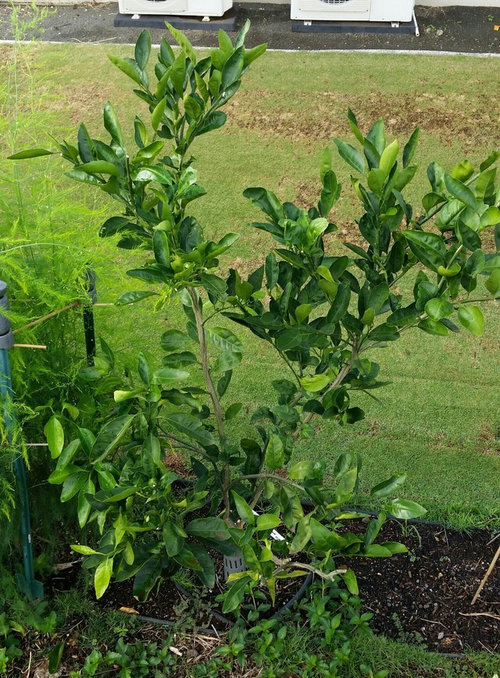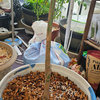How to Prune Satsuma Tree
gadgetvictim
9 years ago
Related Stories

WINTER GARDENINGPruning Secrets for Exquisite Roses
Encourage gorgeous blooms year after year with this time-tested advice on how to prune your rosebush in winter for health and shape
Full Story
GARDENING GUIDESHow to Prune Your Flowering Shrubs for the Best Blooms
Less is often more when it comes to properly pruning flowering shrubs. Here’s what to do and why
Full Story
GARDENING GUIDESGot Frost-Damaged Plants? How It Happens, and When and How to Prune
Crispy brown leaves are a sure sign that Jack Frost has been to your neighborhood
Full Story
EDIBLE GARDENSHow to Grow 10 Favorite Fruit Trees at Home
Plant a mini orchard in fall, winter or early spring to enjoy fresh-off-the-tree fruit the following year
Full Story
FARM YOUR YARDIf You Have Room for Only One Fruit Tree ...
Juice up a small garden with one of these easier-care or worth-the-effort fruit trees for a mild climate
Full Story
GARDENING GUIDESHow to Keep Your Citrus Trees Well Fed and Healthy
Ripe for some citrus fertilizer know-how? This mini guide will help your lemon, orange and grapefruit trees flourish
Full Story
GARDENING GUIDESTree Care: Common Tree Diseases and What to Do About Them
Learn to recognize trees that may be affected by diseases or pests so you can quickly take action
Full Story
GARDENING GUIDESHow to Keep Your Trees Healthy
Ensure your trees’ vigor for years to come with these tips for protecting roots, watering effectively and more
Full Story
GARDENING GUIDESGreat Design Tree: Australian Tea Tree
A living sculpture with an unmistakable appearance, this coastal native creates an intriguing landscape scene
Full Story
FRUIT TREESHow to Grow Your Own Juicy Plums
Easier than other stone fruits and with a variety of colors to choose from, plums are a versatile garden addition
Full Story








Dtunesgw
calistoga_al ca 15 usda 9
Related Professionals
Salisbury Landscape Architects & Landscape Designers · Seabrook Landscape Architects & Landscape Designers · Billerica Landscape Contractors · Clermont Landscape Contractors · Bellefontaine Neighbors Landscape Contractors · Cornelius Landscape Contractors · Desert Hot Springs Landscape Contractors · Hollywood Landscape Contractors · Lewisville Landscape Contractors · Milford Mill Landscape Contractors · Mission Bend Landscape Contractors · Mount Sinai Landscape Contractors · Nashua Landscape Contractors · Rochester Landscape Contractors · University City Landscape Contractorspecanman
BarbJP 15-16/9B CA Bay Area
BarbJP 15-16/9B CA Bay Area
gadgetvictimOriginal Author
BarbJP 15-16/9B CA Bay Area
gadgetvictimOriginal Author
HU-451603377